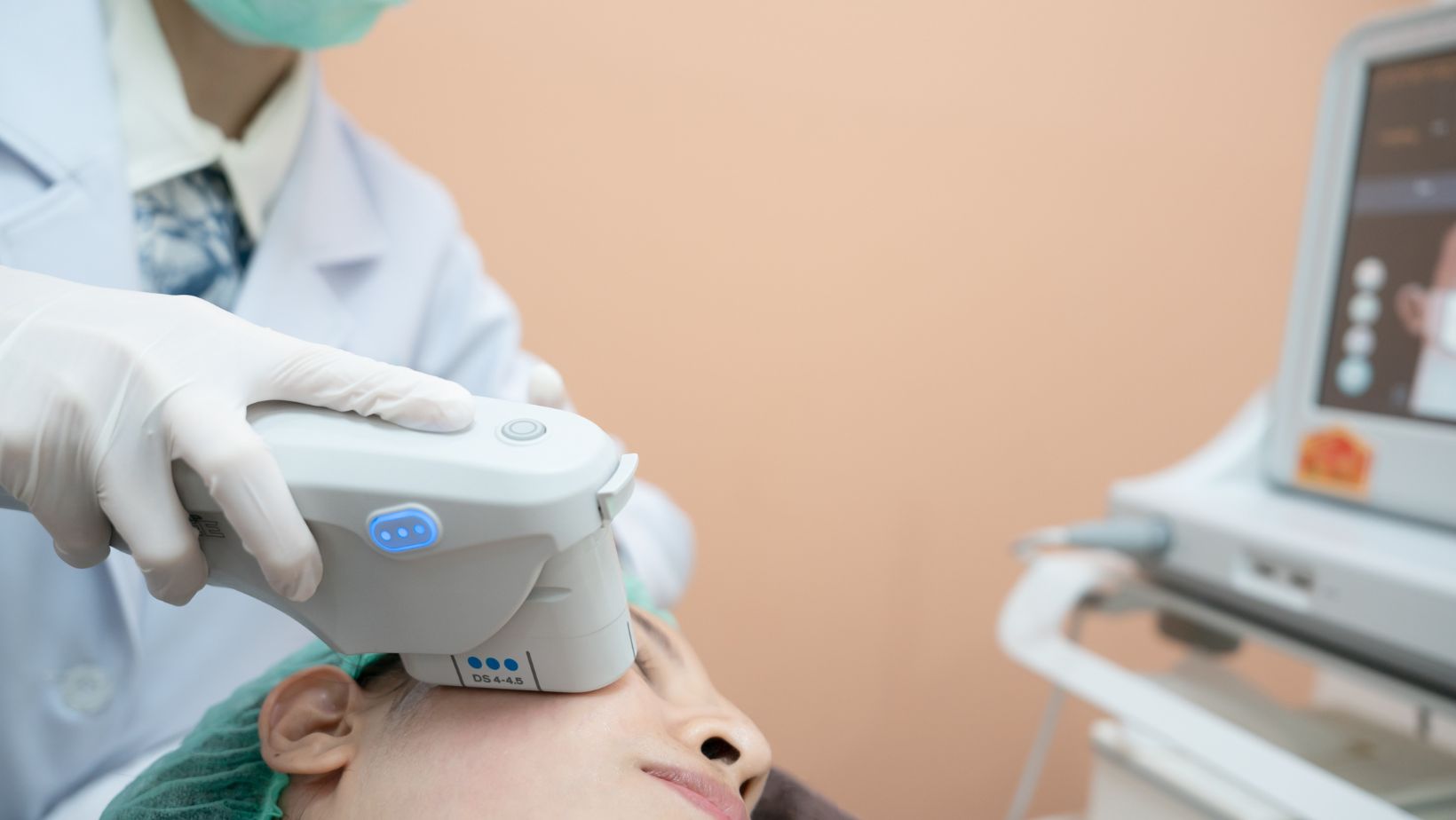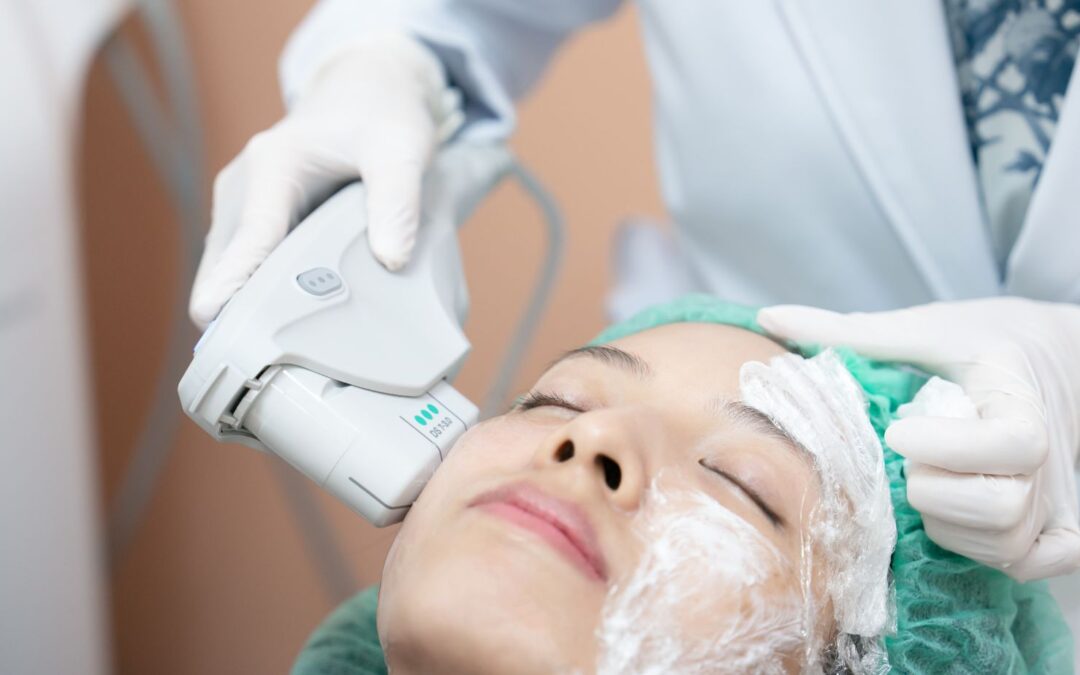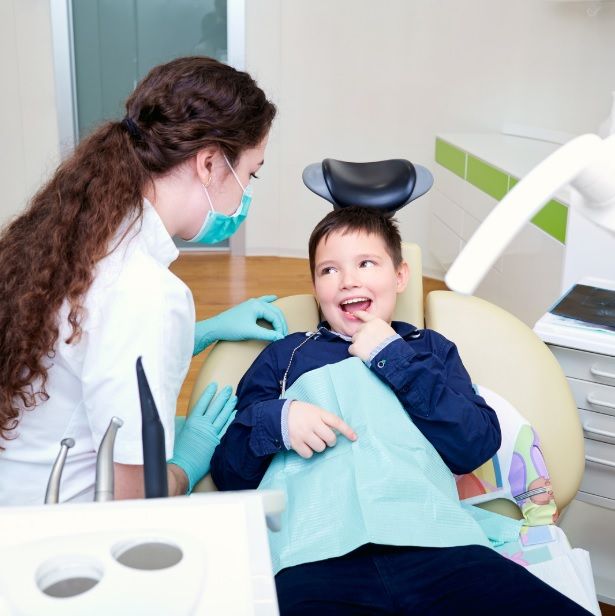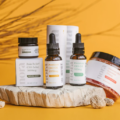When considering non-invasive cosmetic procedures, many people have questions about Ultherapy. People typically ask about the duration of Ultherapy results, which usually last about a year. Some may choose to return for maintenance sessions every six months, while others might only come back every two years.
Ultherapy is an FDA-cleared skin tightening treatment that works by stimulating collagen production through ultrasound technology. This process naturally counteracts the effects of the aging process. For those in Vancouver, opting for an Ultherapy procedure in Vancouver can rejuvenate the skin and reduce the signs of aging effectively.
A key concern is whether Ultherapy is safe and effective. The treatment has been proven to be both, with minimal side effects and no downtime required. Those exploring this option can look forward to a refreshed, youthful appearance through a simple, non-invasive procedure.
Key Takeaways
- Ultherapy results usually last about a year.
- The procedure stimulates collagen, enhancing skin tightness.
- Ultherapy is safe, with minimal side effects and no downtime.
Understanding Ultherapy and Its Benefits
Ultherapy uses ultrasound energy to stimulate collagen production, providing a non-surgical way to lift and tighten loose skin. This treatment focuses on key areas like the face, neck, and décolletage.
What Is Ultherapy?
Ultherapy is a non-surgical cosmetic procedure that leverages focused ultrasound energy to lift and tone sagging skin. The treatment targets the dermal layer beneath the skin’s surface, ensuring deeper tissue penetration without damaging the outer layer.
Approved by the FDA, Ultherapy addresses skin laxity by stimulating the body’s natural healing process. It’s commonly used to treat areas such as the brows, chin, neck, and décolletage, making it ideal for patients over 30 experiencing early signs of aging.
The Science of Ultrasound Energy
Ultherapy employs ultrasound technology to deliver energy waves deep into the skin’s foundational layers. This ultrasound energy heats tissues at specific depths, triggering the body’s natural regenerative response.
Ultrasound energy penetrates the dermis without harming the skin’s surface, allowing for precise treatment. This focused heat energy encourages the production of new collagen, a protein crucial for maintaining skin’s structural integrity.

By using real-time imaging, practitioners can visualize the tissue layers they are targeting, ensuring enhanced precision and safety during the procedure.
Benefits of Collagen Stimulation
Collagen is a vital component in maintaining skin elasticity and firmness. Ultherapy’s ultrasound energy stimulates the natural production of collagen, which helps to tighten loose skin and improve skin texture.
Patients report noticeable improvements in skin laxity and texture over time. Key benefits include a lifted and toned appearance of the treated areas, reduced fine lines and wrinkles, and a more youthful look without surgery.
This non-invasive treatment has minimal downtime and is customizable to meet individual skin needs, providing a safe and effective option for those seeking natural-looking results.
Procedure and Patient Considerations
Ultherapy is an innovative non-invasive treatment aimed at tightening and lifting skin using ultrasound technology. Here, important considerations for potential candidates, what to expect during the procedure, and post-treatment recovery are discussed thoroughly.
Am I a Good Candidate?
Ideal candidates for Ultherapy are individuals with mild to moderate skin laxity. They often notice sagging skin on the face, neck, chin, and brow, as well as fine lines and wrinkles on the upper chest.
Typically, people aged 30 and above who seek to maintain youthful skin without undergoing surgery benefit most.
A consultation with a qualified professional is crucial. They can assess the patient’s skin and determine if Ultherapy is suitable.
Patients should have realistic expectations and understand that this treatment can delay aging signs but cannot completely stop the aging process.
What to Expect During Treatment
During the Ultherapy session, a smooth applicator is placed on the skin. The device uses ultrasound imaging to determine optimal placement and delivers focused ultrasound energy to the targeted area.
The procedure usually lasts between 30 to 90 minutes depending on the treated area.
Patients may experience slight discomfort as the energy is delivered. This is a sign that the collagen-building process has started.
Pain management options can be discussed during the consultation to ensure patient comfort. Importantly, treatment normally requires just one session to achieve noticeable improvements.
Post-Treatment: Recovery and Effects
Post-treatment recovery is generally quick with minimal downtime. Patients might notice some redness, swelling, or tingling, which usually resolves within a few hours.
Ice packs can help reduce swelling, and patients can return to normal activities almost immediately.

Results develop gradually over two to three months as new collagen forms, leading to firmer and tighter skin. For some, yearly touch-up treatments may be beneficial to keep up with the natural aging process.
Potential side effects include temporary tenderness or bruising. While side effects are typically mild, it’s important to follow aftercare instructions provided by the treating specialist for optimal results and to address any issues promptly.
Patient satisfaction is generally high, especially when they maintain realistic expectations regarding the outcomes.
Conclusion
Ultherapy is a popular non-invasive treatment that uses ultrasound energy to help firm and lift the skin, addressing signs of aging. Suitable for individuals over 30, it targets areas like brows, eyes, chin, and neck.
Key points:
- Non-invasive
- Customizable to skin needs
- Can cause discomfort based on individual pain tolerance
For those considering Ultherapy, it is essential to consult with a qualified practitioner to determine suitability and discuss potential side effects.
Jessica has a flair for writing engaging blogs and articles. She enjoys reading and learning new things which enables her to write different topics and fields with ease. She also strives to break down complex concepts and make them easy for anybody to comprehend.





